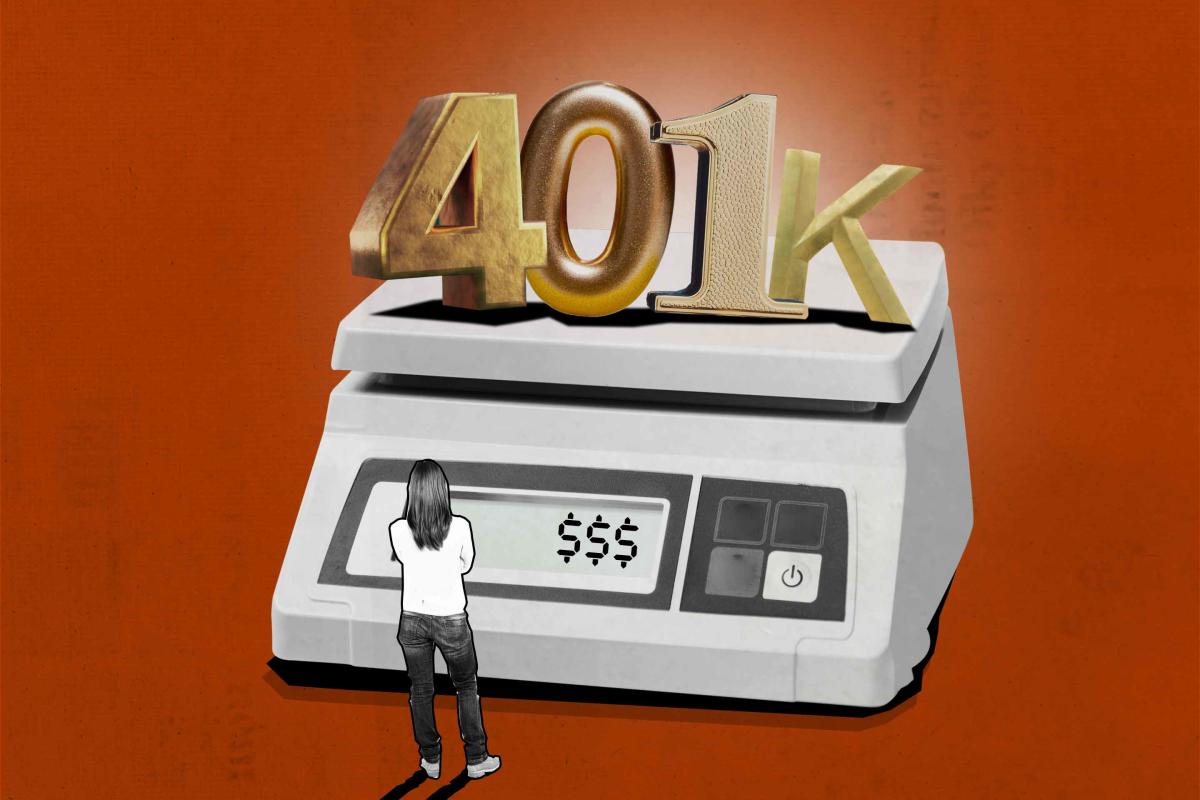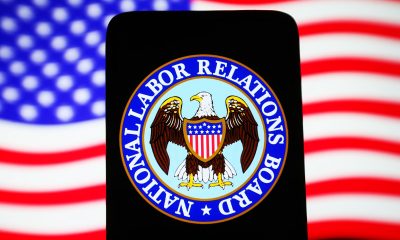Personal Finance
Here’s What the Average 401(k) Is Worth After Dropping 20% Last Year

Retirement account balances plummeted in 2022 — the stock market’s worst year since 2008.
According to an analysis released Thursday by the asset management firm Fidelity Investments, average 401(k) retirement account balances tanked more than 20% in 2022.
Balances for other retirement accounts, like IRAs and 403(b)s, saw stark declines across the board as well.
Average 401(k) and IRA balance
Here are average retirement account balances from the fourth quarter of 2021 to the fourth quarter of 2022:
-
401(k) balances fell from an average of $130,700 in 2021 to $103,900 in 2022.
-
Balances for 403(b) accounts, which are popular among workers at public schools and charities, dropped more than 19% from $115,100 to $92,683, on average.
-
Individual retirement account (IRA) balances saw the steepest decline of 23%, tumbling from an average of $135,600 to $104,000.
The results are based on an analysis of more than 43 million retirement accounts managed by Fidelity.
Similarly, an analysis released early this month from Vanguard, an investment management firm, found that the balances of the retirement accounts it manages also fell 20% in 2022.
On the other hand
While retirement account balances plunged overall last year, Fidelity’s report indicates that they are starting to recover.
-
Between the third and fourth quarters of 2022, average 401(k) balances went up 7% — from $97,200 to $103,900.
-
IRA and 403(b) plan balances also increased by 2% and 6%, respectively.
Gen Z savers saw their 401(k) balances jump 23% during that same period of time. And Fidelity notes that Gen Z is the only age group to see positive growth in its account balances last year — which were up 14% from the end of 2021.
It’s no wonder
Last year was a particularly rough one for U.S. stocks as inflation reached four-decade highs, and the Federal Reserve moved aggressively to tamp it down, sending interest rates soaring and stoking fears of a recession.
By the year’s end, the S&P 500 — the benchmark stock market index — tumbled more than 19% while the Dow Jones Industrial Average fell almost 9% and the tech-heavy Nasdaq plunged 33%. Since many Americans have their retirement savings in private-sector accounts that are tied to stock performance, millions saw their nest eggs dwindle.
Retire with Money
Retire With Money brings the latest retirement news, insights, and advice to your inbox. Jill Cornfield has covered retirement for more than 10 years.
Sign Up
More from Money:
The 7 Best Roth IRAs in 2023
You’re Probably Wrong About How You’ll Pay for Retirement
Even Millionaires Are Worried They Can’t Afford to Retire
© Copyright 2023 Money Group, LLC. All Rights Reserved.
This article originally appeared on Money.com and may contain affiliate links for which Money receives compensation. Opinions expressed in this article are the author’s alone, not those of a third-party entity, and have not been reviewed, approved, or otherwise endorsed. Offers may be subject to change without notice. For more information, read Money’s full disclaimer.
Read the full article here

-

 Personal Finance7 days ago
Personal Finance7 days agoGas prices drop as demand for driving fizzles out: AAA
-

 Investing7 days ago
Investing7 days agoCrowdstrike CEO Responds to Causing Largest IT Outage in History
-

 Side Hustles7 days ago
Side Hustles7 days agoHow to Build A Startup, From an Early Lyft, Twitch Investor
-

 Passive Income7 days ago
Passive Income7 days agoThe Top 5 AI Tools That Can Revolutionize Your Workflow and Boost Productivity
-

 Passive Income5 days ago
Passive Income5 days agoNLRB Drops Expanded Joint Employer Appeal
-

 Side Hustles6 days ago
Side Hustles6 days agoJake Paul: Mindset Hacks, Mike Tyson Fight, Embracing Fear
-

 Investing7 days ago
Investing7 days agoBoeing to supply E-7 in first major win since plea deal By Reuters
-

 Side Hustles5 days ago
Side Hustles5 days ago10 Effective Growth Marketing Strategies for Your Startup


















